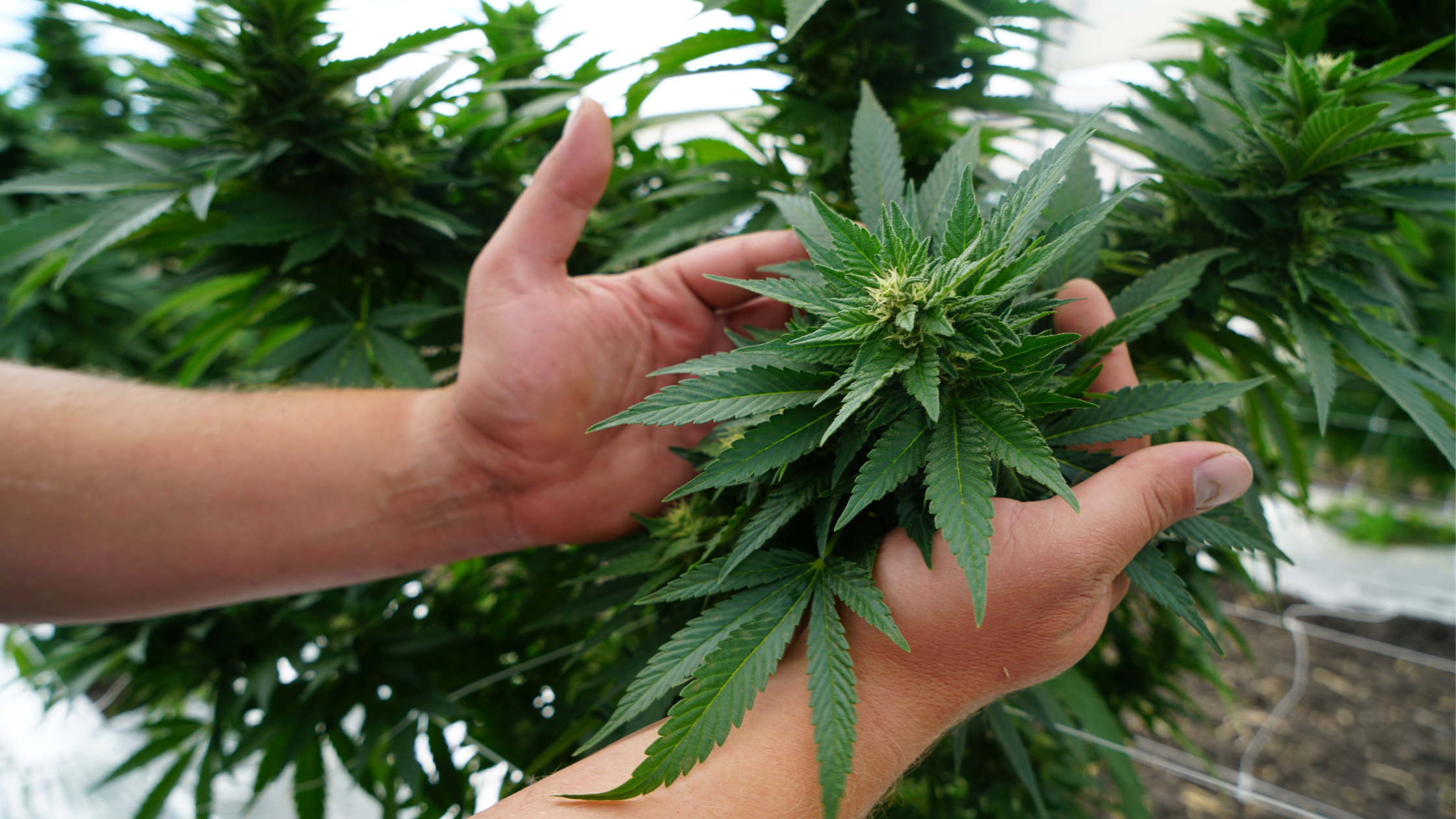What is in a cannabis plant that makes it so popular? No doubt, you’ve heard that cannabis could provide support to treatments for everything from mood disorders to terminal illnesses – it can’t. Cannabis isn’t the “cure” for anything (so far!) but the plant oil inside the cannabis plant contains a number of molecules that have beneficial interactions with the body.
Why does willow bark tea, turmeric, or milk thistle provide medicinal benefits? The principle is similar. Inside every plant are unique (and more universal) molecular structures that interact with the body. Some trigger your neurotransmitter receptors. Some provide a direct balm to inflamed tissue. With cannabis, it’s a little of both. Let’s peel back the stalk and take a closer look at what’s flowing through your cannabis plant.
What Do You Find in a Cannabis Plant?
A cannabis plant on the outside is made of leaves, stalks, roots, seeds, and flowers – like any other plant. Squeeze it tight enough and “full spectrum” cannabis oil comes out (or hemp seed oil, if you press the seeds). Cannabis oil can be broken down into Omega 3 & 6 lipids and three types of molecules known as cannabinoids, terpenes, and flavonoids.
Cannabinoids
Cannabinoids are your molecular heavy-hitters. They evolve from the original cannabinoids, CBG (we’ll talk about that in a minute) and have a variety of effects on the body. Most importantly, cannabinoids interact with your endocannabinoid system (ECS) relating to CB1 and CB2 neurotransmitters. CB1 receptors are mainly in your brain and nervous system. CB2 receptors are in your digestive system and throughout your body.
These receptors control elements of your immune system, appetite, inflammation response, and nervous system. If you look closely at the proven and discussed effects regarding cannabis, you will see how these three systems are the core of most known effects.
Terpenes
Terpenes are molecules found commonly throughout earth’s plants, but help to enhance the effects of the cannabinoids. Limonene, for example, is one of the most common terpenes. It provides a tangy flavor (hence the name) and an uplifted feeling. You can also find limonene in citrus fruit, rosemary, red peppers, chamomile, and ginger. Cool, right?
Terpenes come in a wide variety and, surprisingly, not all cannabis strains have the same terpenes, or in the same concentrations.
Flavonoids
Flavonoids are trace molecules that, as you might guess, add to the flavor of your cannabis. Flavonoids are also common among other plant life, like terpenes.
The Cannabinoids to Know
Now let’s talk about Cannabinoids, the big molecules in your Cannabis Sativa plant, and what they do.
CBG – Mother of Cannabinoids
CBG or Cannabigerol is the first cannabinoid. When a cannabis plant starts generating those ‘good vibe’ molecules, it starts with CBG-A or Cannabigerolic acid. CBG-A then breaks down into THC-A, and CBD-A, leaving only a little bit of CBG-A behind. These molecules then decarboxylate (transform under light heat) into THC, CBD, and CBG.
CBG is received by both CB1 and CB2 receptors. It can affect sleep, appetite, motivation, inflammation, pain perception, and mood. However, CBG is found in only trace amounts in a mature cannabis plant.
CBD – Most Common Cannabinoid
If cannabis plants are not separated male and female to cultivate marijuana, then CBD is the most prevalent cannabinoid. This means most of the CBG-A became CBD-A. CBD interacts mainly with the CB2 receptors in the digestive system and body tissue. You have CB1 receptors in your skin, which is why topicals work, and CB2 receptors throughout muscle, tissue, and intestines.
CBD could promote pain relief and muscle recovery, and to help regulate systems relating to sleep, appetite, and mood. However, because CBD cannot fit into CB1 receptors due to the molecule shape, it is not psychoactive.
THC – Psychoactive Cannabinoid
When cannabis plants are separated and cultivated, the strongest cannabinoid will be THC, or THC-A before heating. THC interacts with both the CB1 and CB2 receptors but favors the CB1 receptors which are focused in your brain and nervous system. This is why THC is psychoactive, as well as provides an impact on your experience of both creativity and pain.
The Cannabis Entourage Effect
Last but not least, let’s talk about the Entourage Effect. In historical terms. an entourage is the group of people who support an important person, like a politician and their entourage of staffers. In cannabis, the entourage relates to the way terpenes, flavonoids, and lesser cannabinoids all support and enhance each other.
Most people report that full-spectrum highs are more holistically enjoyable and may provide more complete or effective benefits. For example, many terpenes have a minor relaxation effect but, together with THC and CBD, may create an enhanced relaxation effect beyond what you would experience with THC or CBD isolate.
What’s in a cannabis plant? The Cannabis Sativa plant may hold many mysteries, but we are surely unlocking them. If you squeeze the oil out of a cannabis plant (or smoke the flower), you will find cannabinoids like THC, CBD, and CBG along with their entourage of terpenes and flavonoids to provide a complete and satisfying experience.
 Skip to content
Skip to content


